How to Harvest Garlic Scapes
Garlic is an amazing alium that provides not one harvest but two! Learn how to harvest garlic scapes, why you want, to, and what you can do with them!
What are Garlic Scapes?
Garlic scapes are a thick, round stem that comes up from the center of hardneck garlic plants. The scape, if left to develop, will be a garlic’s flowering seed head.
Why should I harvest Garlic Scapes?
Garlic scapes should be harvested because by taking the seed head, you are forcing the garlic to put more energy into producing a large garlic bulb, rather than focusing energy into making a flower.
You don’t have to harvest scapes, and if you miss some it’s nothing to worry about. That bulb of garlic may just be a little smaller.
Do all types of garlic make scapes?
No. There are two main types of garlic, hardneck and softneck. Only the hardneck variety produces a scape. Here’s a little more info on each type.

Hardneck Garlic
One of the major differences between the two is that, as the name indicates, hardneck garlic will have a stiff stalk that puts up a bolt. That is where you can get scapes from.
Hardnecks are more closely related to wild varieties. As such they tend to be hardier, do well in cooler climates, and they take a little longer to mature. They come in many different colors. The cloves are larger, but they do not store as long as softneck garlic.
Softneck Garlic
Softneck garlic was developed from hardneck varieties. With the softer neck you are able to braid them, which always looks beautiful. The cloves tend to be smaller and more numerous than hardneck. Some also say they are spicier in flavor. They also mature more quickly. Softneck varieties are better for storage which is why most varieties of garlic in grocery stores are softneck.
In Minnesota, everyone I know plants hardneck garlic. The most popular varieties I hear about are Porcelain, Music, and Russian.
You can find more information about types of garlic in this great article from the University of Vermont.
When to Harvest Garlic Scapes
Garlic scapes will be ready for harvest at different times depending on where you live. Late May is likely the earliest time for Southern regions. Here in Minnesota we harvest scapes late June into mid-July.
You can tell a scape is ready to harvest when it sort of looks like a crossed leg. If it hasn’t made the full cross yet, give it a day or two. If it has done several loopty-loops you are passed the prime harvest time.

What to do with Garlic Scapes
Garlic scapes are delicious to use anywhere you might utilize garlic. It will be a little more mild, but typically has a nice crunch to it.
Here are some ideas for how to use your scapes:
- Pureed into a pesto
- Chopped up into a stir fry
- Diced fine and added to eggs
- Pickled
- Battered and Fried
How to Harvest Garlic Scapes
It’s very easy to learn how to harvest garlic scapes.
Pick the scapes when they have made one single loop/look like a crossed leg.
Run your finger down to the base of the scape, then simply snap it away.

The base of the scape tends to be kind of tough and woody, so you might want to snip that off with a scissors or just snap it off with your fingers.
The very end of the scape can also be a little stringy or have a small bulb where the flowers will come from. It’s up to you if you want to keep or discard that portion.
Watch and Learn
See how to harvest garlic scapes in live action!
Pin it for Later



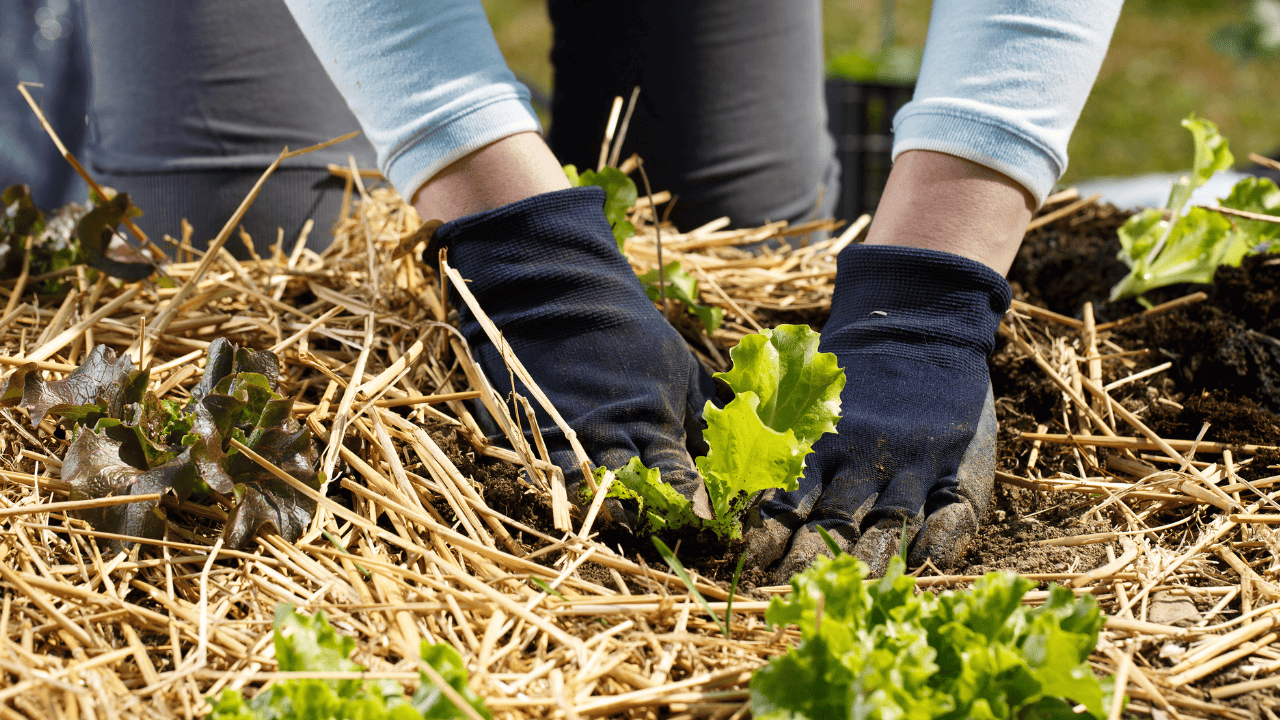
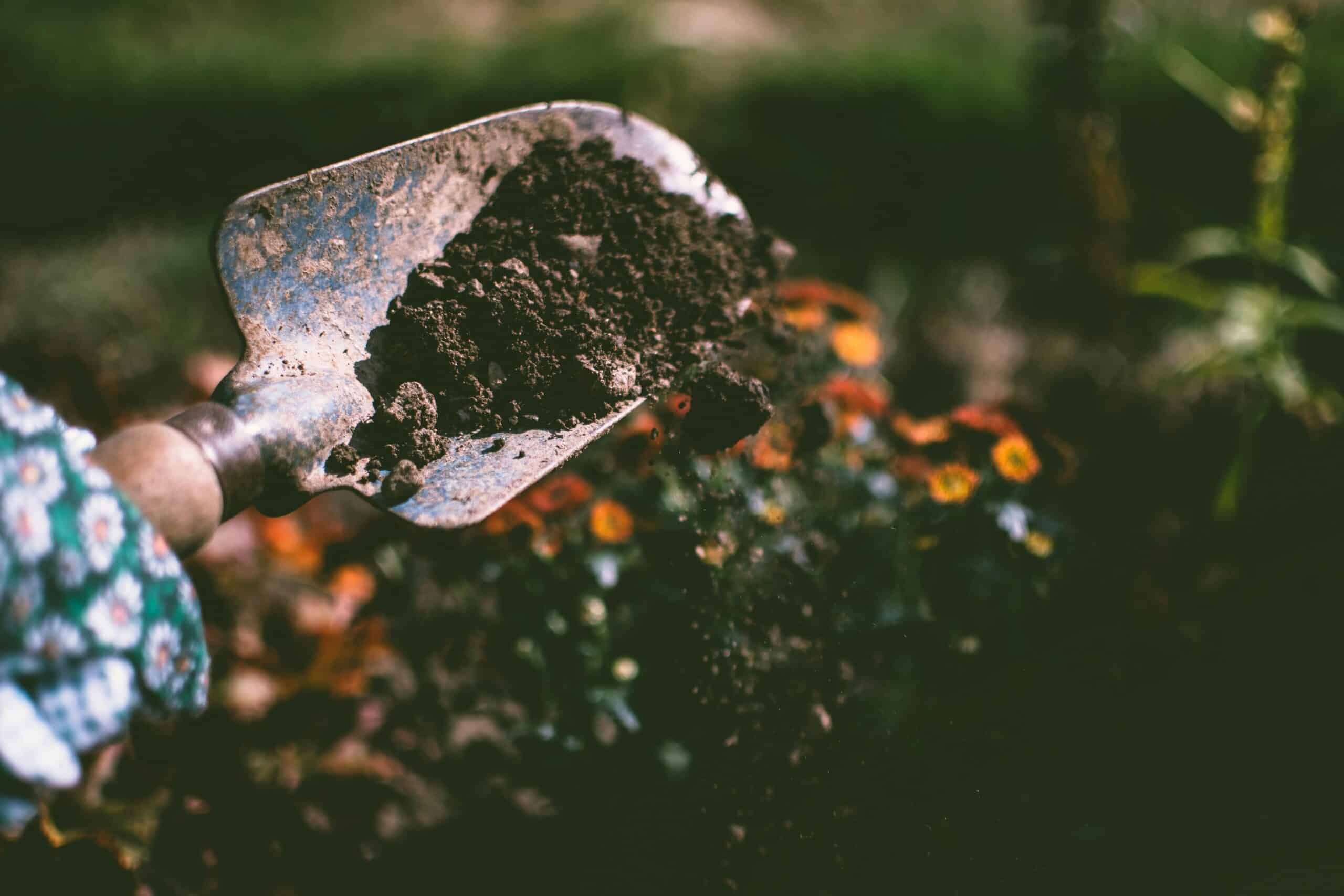
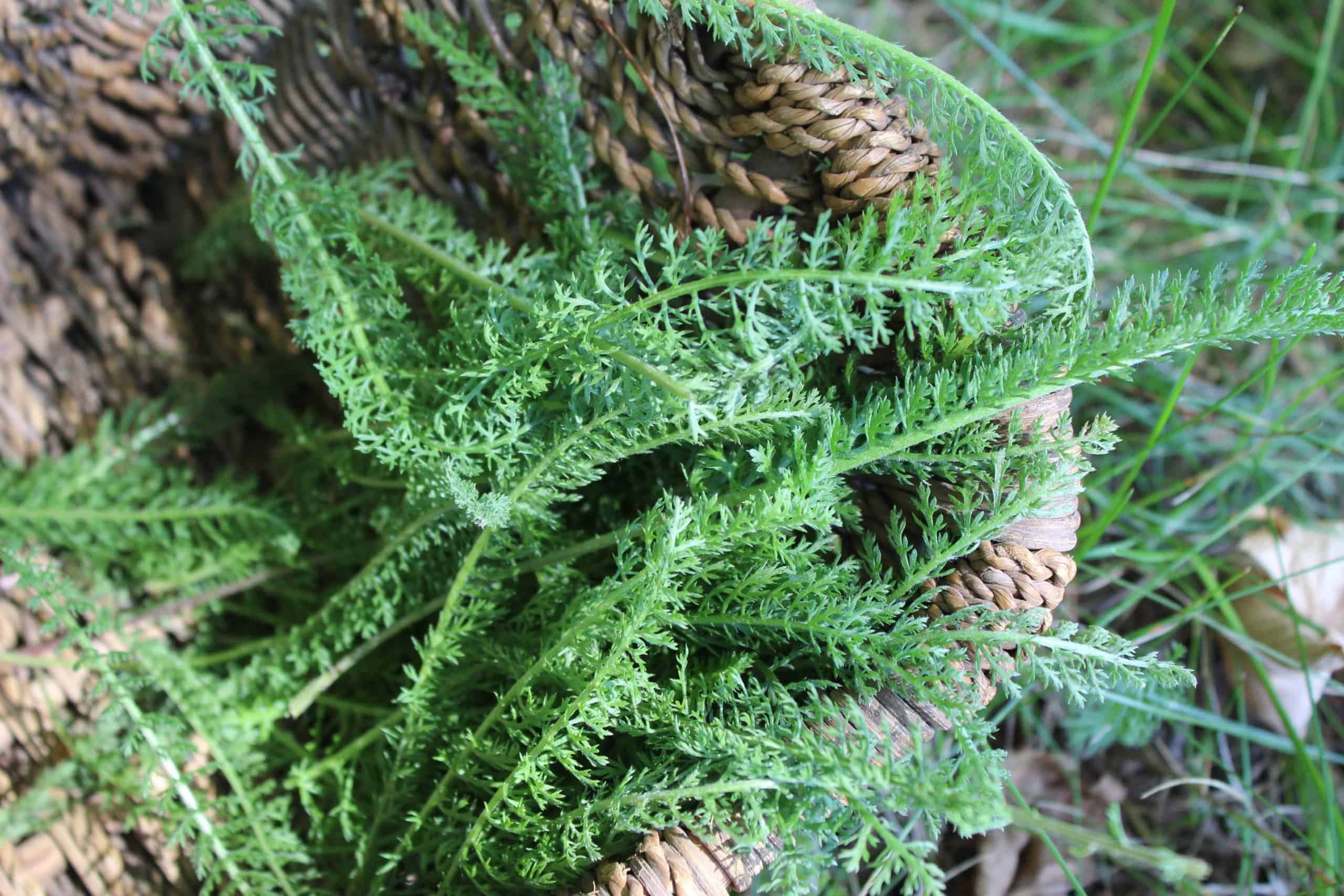

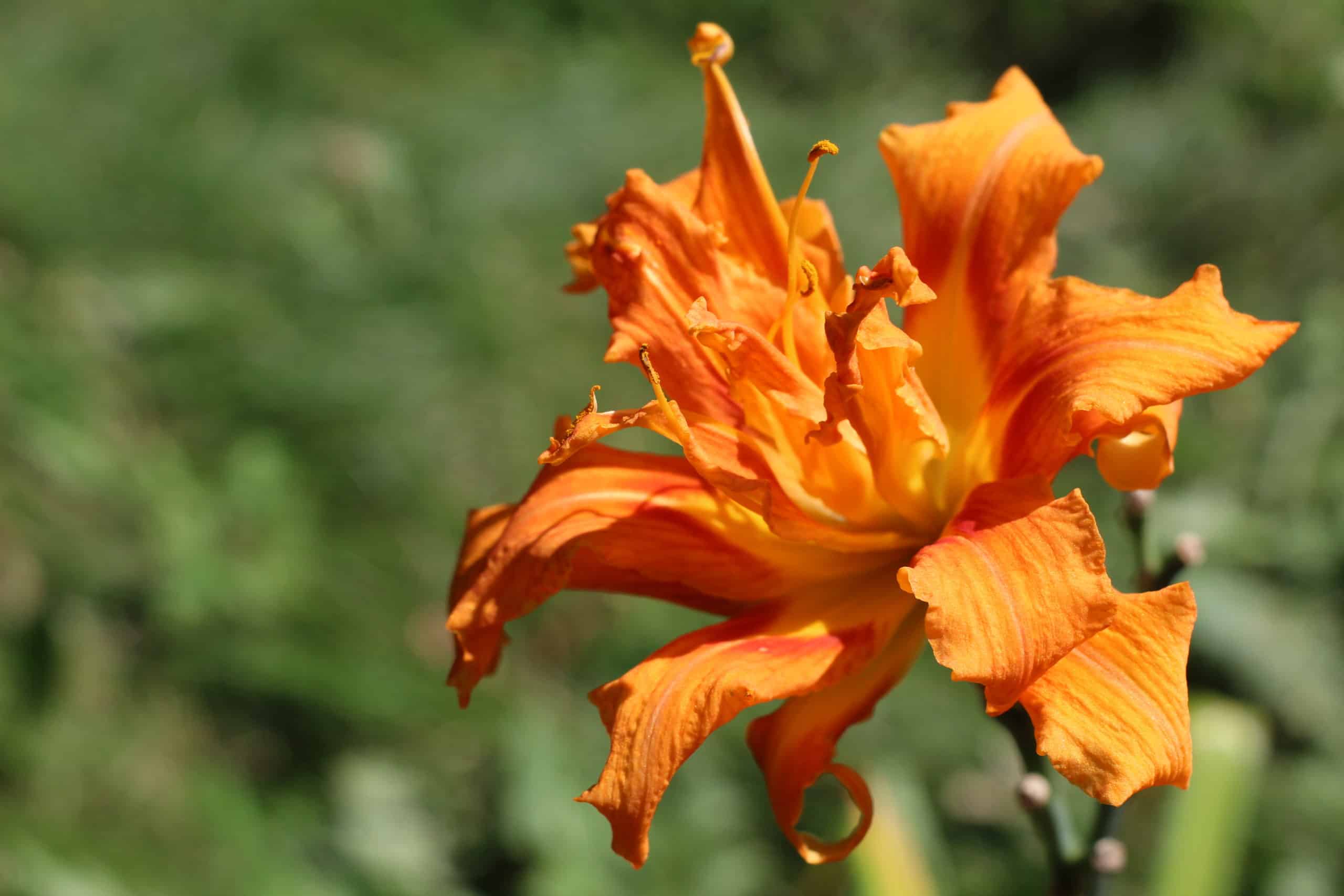
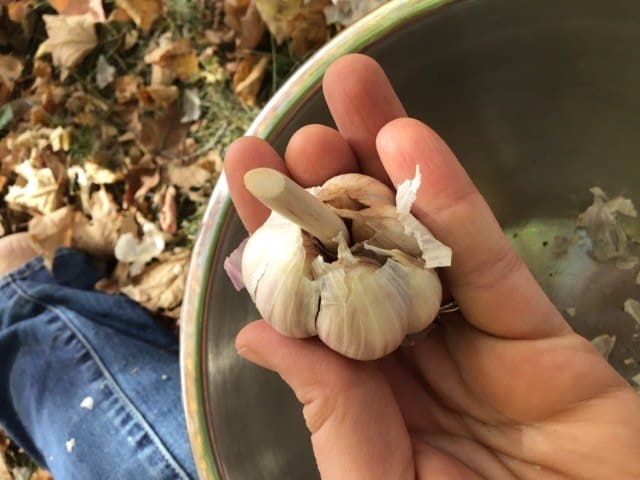
good morning Kelsey. Great blog and U tubes. Your father grew up across the street from us in New Brighton. Your grandma told me about your blog. I have passed it on to many of my friends and our daughters.
I found raw goat and cow milk around Pine City so now make my yogurt, Gjetost, chèvre and cajesta. The last two times I made Gjetost I did not use all the whey and the whey would pop and I had a mess. I did not cook it down as much but still is good. Could I use my cast iron Dutch oven? I have two pots I have used in the past and no problems but cooked all the whey down at once. I am using the whey in soups, I add it to the water when I cook steel cut oats and hullled barley in instant pot, put some on my cereal and whatever I think will add to whatever I am making!! I wondered if amount or goats are grazing on new grass instead of hay?? Could cause like a big burp!!!!
Keep up the great job you are doing. I enjoy each everyone. I grew up milking cows, making butter, plus no running water!!!! Also watching births. A great way to grow and learn. Your daughter is awesome. Now be safe and well with your second.
Wishing you a very special rest of the week.
Hi Doris,
Thanks so much for the kind comments!
I’d say yes to a cast iron dutch oven but only if it has the enamel coating inside. Might be a bit difficult/hard on the iron otherwise. If you’re getting lots of popping early on try turning the heat down lower if you can.
Sounds like you are an expert on using up whey! It also sounds like you had a great upbringing.
Jane is pretty great and I’m starting to feel this next little gal moving around a lot, too.
My Grandma mentions you often and I’m always so happy to hear you are enjoying the posts.